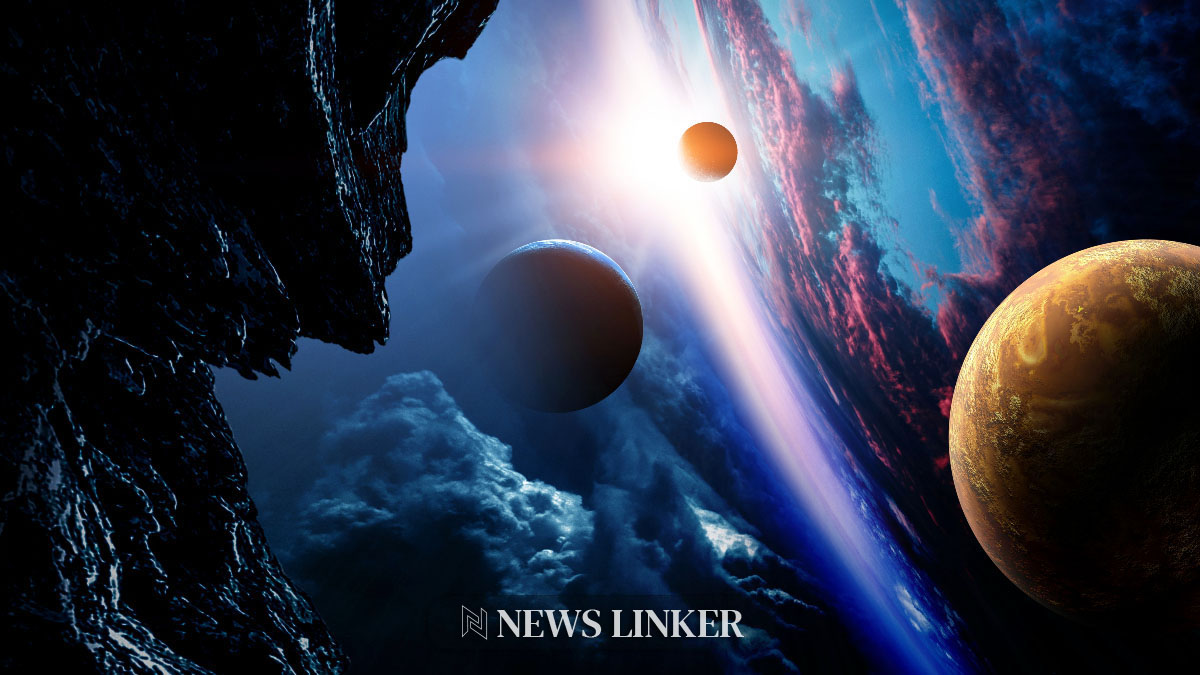The influence of binary black holes on each other’s activity and behavior has been illuminated through a recent scientific study. The research, focusing on the interaction between a smaller black hole and a supermassive one, has revealed that the smaller black hole’s orbit can trigger periodic outbursts from its massive counterpart, giving rise to a phenomenon likened to hiccups. This investigation opens up new avenues for understanding the complexities of black hole dynamics and their influence on the surrounding space.
Research on black holes has progressively peeled back the layers of mystery surrounding these cosmic entities. Initial discoveries, such as the identification of gravitational waves and the observation of black hole mergers, have laid the groundwork for understanding these astronomical phenomena. Significantly, the detection of gravitational waves by the LIGO collaboration not only confirmed a century-old theory but also heralded a new era of observational astronomy. This historical context underscores the novelty of the recent findings, which suggest that binary black holes—long the subject of theoretical speculation—may be common and detectable by their unique influence on each other’s emissions.
What Triggers Black Hole Hiccups?
The study in question, conducted by a team led by MIT, focused on ASASSN-20qc, a system approximately 848 million light-years away. Initially believed to be a tidal disruption event, the system showed regular dips in energy output, which the researchers associated with the presence of a secondary black hole. By scrutinizing various data streams and employing computer models, the team postulated that the smaller black hole’s orbit around the larger one distorts the accretion disk’s structure and dynamics, leading to the observed “hiccups.”
Is This Black Hole Behavior Unprecedented?
The nature of the energy bursts observed in ASASSN-20qc challenges preconceived notions about black hole accretion disks. Traditional models depict these disks as relatively orderly structures. However, the phenomenon described by Dr. Dheeraj “DJ” Pasham from MIT’s Kavli Institute for Astrophysics and Space Research suggests a more tumultuous reality, where interruptions in the disk’s flow can be attributed to the gravitational influence of a nearby orbiting object. This insight has prompted speculation on the prevalence of such binary systems in the universe.
Can These Observations Assist Future Discoveries?
While the supermassive black hole studied shares similarities with others at the centers of galaxies, including Sagittarius A* at the heart of our Milky Way, the secondary black hole’s orbit might offer critical clues to the formation and evolution of these cosmic giants. Furthermore, the study indicates that understanding binary black hole systems could lead to innovative methods for their identification, thus enhancing our capacity to detect and analyze these enigmatic objects.
In a scientific paper titled “Characterizing Supermassive Black Holes in Active Galactic Nuclei,” published in the Astrophysical Journal, researchers discuss methods to probe the properties and environments of supermassive black holes. This paper complements the MIT study by emphasizing the importance of multi-wavelength observations and theoretical models in unveiling the nature of black hole systems. Together, these works represent a symbiotic relationship between observation and theory in the quest to unravel the secrets of black holes.
Points to Take into Account
– Binary black holes may significantly influence each other’s energy emissions.
– Studying such systems can provide insights into the formation and evolution of black holes.
– Gravitational waves produced by binary black holes could serve as cosmic messengers for detecting these events.
To conclude, the emergent understanding of black hole dynamics presented by the recent MIT-led research signifies a substantial stride in astrophysics. It not only challenges existing paradigms regarding the behavior of black holes but also augments the scientific community’s tools for exploring the universe. As binary black holes continue to intrigue and puzzle astronomers, their study can potentially revolutionize our grasp of the most profound and enigmatic phenomena in space. The implications for future research and discovery are vast, presenting the tantalizing possibility of a universe where binary black holes are not just theoretical curiosities but observable realities.










